















A brief history of the foot-launched powered hang glider
By Willie Bodenstein
Google Banner Ad
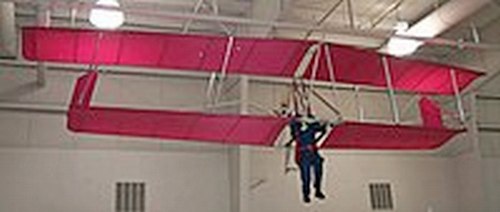
The pilot can, as in a conventional unpowered hang glider, foot-launch from a hill or from flat ground, needing a length of about a football field to get airborne, or much less if there is an oncoming breeze and no obstacles.
FLPHG's, a return to the type of low-speed aircraft that were common in the early years of aviation, were developed from hang gliders in the late 1970s. during the 1970s, motorization of simple gliders, especially those portable and foot-launched, became the goal of many inventors and gradually, small wing-mounted power packs were adapted.
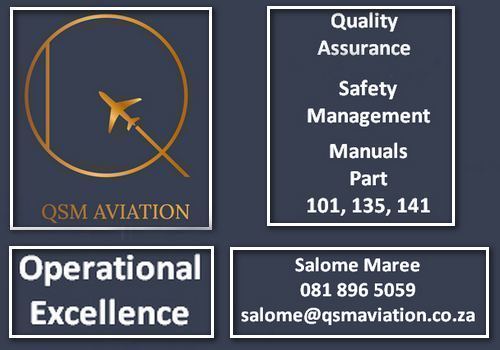


Inventors from Australia, France and England produced several successful microlight motor gliders in the early 1970s
Currently, there are two harness configurations: prone (face down) and sitting. Both configurations allow the pilot to take off and land on their feet.
Foot-launched powered hang glider (FLPHG) harnesses are built around a light metal frame with the engine and propeller mounted on the rear in a pusher configuration. Powered harnesses weigh 22-32 kg (50-70 lb) not including the safety parachute and fuel, and fold neatly into a 1.5 metres (4.9 ft) long harness bag with a handle.
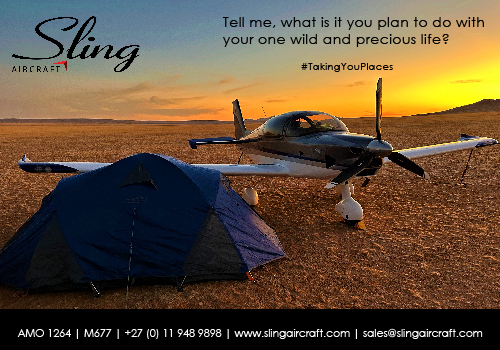


For heavy pilots or pilots operating from higher than 1,500 metres (4,900 ft) MSL fields, a powered harness equipped with an 18 hp (13 kW) engine is recommended.[37]
Confirmed but not validated by the FAI
On 9 May 1978 David Cook becomes the first pilot to cross the English Channel while flying on a foot-launched powered hang glider; he used a VJ 23F glider.

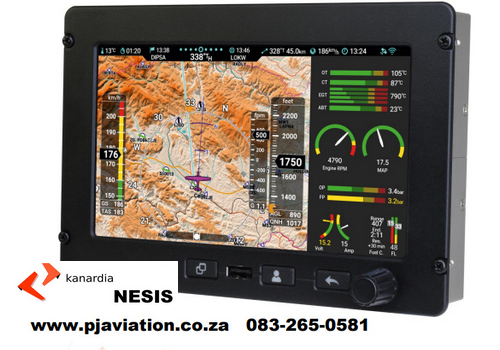
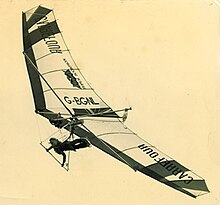

For the most part, he relied on the sun and wind for propulsion in order to teach the young cranes to soar long distances. This $250,000 USD experiment lasted for six months and finished in winter 2002.
Takeoff was at sea level and he flew to an altitude of 5,348 metres (17,546 ft) ASL over Talybont, Ceredigion, Wales, UK.He carried oxygen and 10 litres of fuel, per U.K. regulations; his variometer indicated 30 to 50fpm climb rate at the time fuel ran out.

Sport Aerobatics Regionals Klerksdorp 2023

Google Banner Ad
 |
 |
 Copyright © 2024 Pilot's Post PTY Ltd
The information, views and opinions by the authors contributing to Pilotís Post are not necessarily those of the editor or other writers at Pilotís Post.
Copyright © 2024 Pilot's Post PTY Ltd
The information, views and opinions by the authors contributing to Pilotís Post are not necessarily those of the editor or other writers at Pilotís Post.